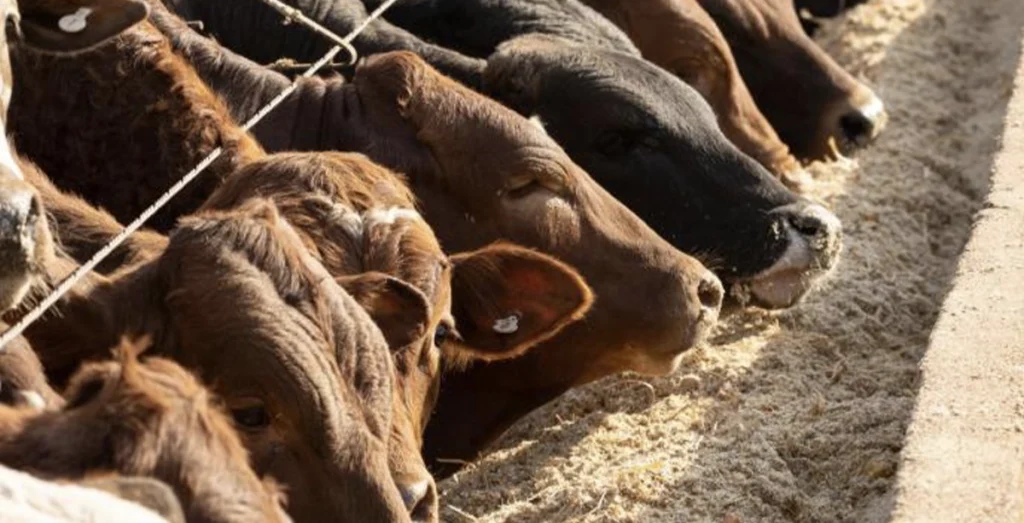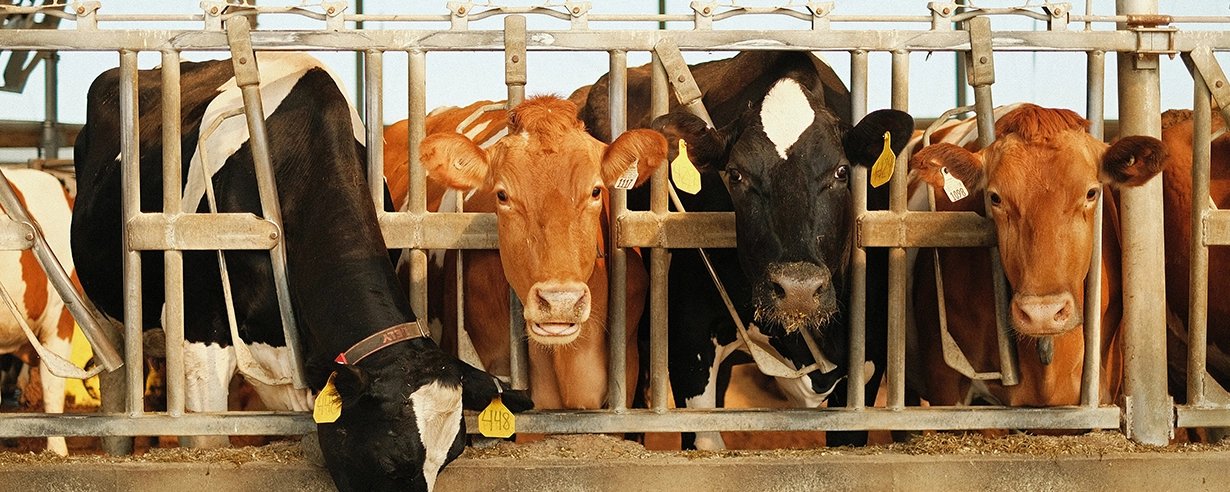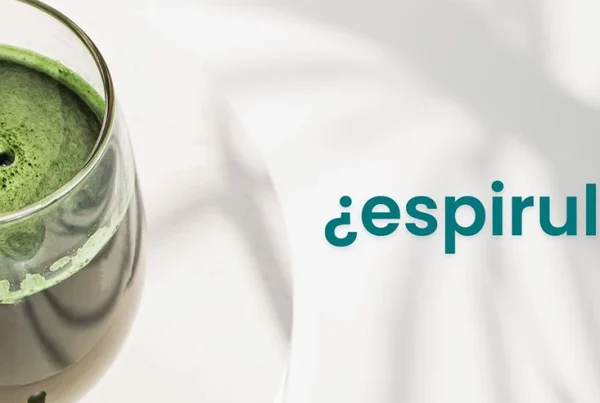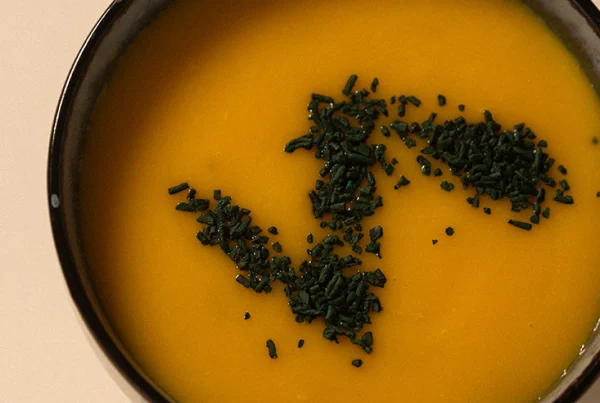A study published in Springer Nature indicates that spirulina is one of the most sustainable sources of protein on the planet.
When we think of global pollution, we often point to cars or industry? but did you know that intensive livestock farming pollutes more than all the world’s private cars combined? This is confirmed by the UN, which states that the livestock sector generates 18% of global greenhouse gas emissions.
Macro-farms, with thousands of animals in small spaces, are real pollution factories. And not only through the air: they consume enormous quantities of water, degrade the soil and generate toxic waste that ends up in rivers and aquifers.

The environmental impact of macro-farms
When we talk about the environmental cost of what we eat, the differences between macro-farms and spirulina production are abysmal:
- Greenhouse gas emissions: intensive livestock farming is responsible for approximately 14.5% of global emissions, in contrast, spirulina absorbs CO₂ as it grows, helping to combat climate change.
- Water consumption: Up to 15,000L of water may be needed to produce 1 kg of beef. In contrast, 1 kg of spirulina is grown with only one hundredth of this amount.
- Contamination: Animal waste and the use of antibiotics to macro-farms generate water and land contamination. In contrast, spirulina farms are closed, clean systems with virtually no impact on the environment.
- Land use: Macro-farms require large areas of land for livestock and for growing their feed (soybeans, corn, etc.). This contributes to deforestation, especially in vulnerable areas. Spirulina, however, can be produced in small spaces, even in arid areas or areas unsuitable for conventional agriculture.
Springer Nature
A study published in Springer Nature indicates that spirulina is one of the most sustainable sources of protein on the planet, with the potential to drastically reduce emissions associated with traditional food production.
Journal of Cleaner Production
According to studies by the Journal of Cleaner Production, producing 1 kg of spirulina protein consumes 10 times less water y produces 20 times less CO₂ emissions than beef. emissions than beef.
FAO
In terms of productivity, spirulina can generate up to 20 times more protein per hectare than crops such as soybeans or corn, according to FAO.

Spirulina: minimum footprint, maximum nutrition
In the face of such an aggressive model for the planet, spirulina is presented as a revolutionary alternative.
Up to 200 times more protein per hectare than a beef cattle farm
Nearly zero CO₂ and methane emissions.
Needs very little water.
Does not generate polluting residues or require pesticides or antibiotics.
As if that were not enough, spirulina protein is of high biological value, with all the essential amino acids and easily absorbed by the human body. This means that it is not only more efficient, but also healthier.
Blauver: sustainability in action
At Blauver, we take the future of the planet seriously. That’s why:
♻️ We do not use plastics. We never do.
Our packaging is compostable or recyclable.
🧬 We produce spirulina with a near-zero carbon footprint.
💚 And we promote a more conscious lifestyle, from what we eat to how we consume it.
Por eso, este 18 de abril, en el marco del Día Mundial del Reciclaje, te invitamos a repensar tus elecciones diarias. La diferencia entre una macrogranja y una granja de espirulina no es solo ambiental, también es ética, nutricional y humana.
Elige proteína que nutra sin destruir. Elige espirulina.











